Alaskan Malador
Alaskan Malador
America’s Affectionate and High-Energy Arctic Friend
1. Introduction to the Breed
The Alaskan Malador, a robust cross between a Labrador Retriever and an Alaskan Malamute, ranks among America’s top mixed dog breeds in 2025, celebrated for its affectionate nature and high-energy spirit. Known for their strength, intelligence, and friendly demeanor, Alaskan Maladors are ideal for active owners seeking a loyal, outdoor-loving companion. Their thick coat and enthusiastic personality make them perfect for rural homes or suburban yards, bringing warmth and vitality to any household.
2. History of the Breed
Developed in the United States in the late 20th century, the Alaskan Malador was bred to combine the Labrador Retriever’s friendly, trainable temperament with the Alaskan Malamute’s endurance and cold-weather resilience. Gaining popularity as a family pet and working dog, Alaskan Maladors have been refined by American breeders to balance sociability and sturdiness. While not recognized as a purebred by the American Kennel Club (AKC), their blend of energy and affection has made them a favorite across the U.S. for their versatility.
Fun Facts
- Arctic Roots: Alaskan Maladors inherit the Malamute’s ability to thrive in cold climates, ideal for snowy regions.
- Family Favorites: Their Labrador heritage makes them gentle and playful, especially with children and other pets.
- Vocal Charm: They may “talk” like Malamutes, using howls or grumbles to communicate, adding to their charm.
- Working Strength: Their sturdy build suits tasks like sledding or hiking, reflecting their Malamute lineage.
3. Physical Characteristics
- Typical Size and Weight: Alaskan Maladors stand 22–27 inches tall and weigh 60–100 pounds, with a muscular, sturdy build suited for activity.
- Coat and Color: Their thick, double-layered coat sheds heavily and requires a shedding rake that can handle double-layered coats. Their coats contain colors like black, white, yellow, or gray, requiring regular grooming.
- Distinctive Features: Alaskan Maladors have expressive eyes (often brown or blue), floppy ears, a broad head, and a bushy tail with a robust frame.
4. Personality Traits
Alaskan Maladors are affectionate, intelligent, and energetic, blending the Labrador’s friendly warmth with the Malamute’s independent strength, making them ideal for active families or outdoor enthusiasts. They bond deeply with owners, enjoy play with children or pets, but may wander or pull on walks without training. Their high intelligence requires stimulation to prevent boredom-driven behaviors like digging. Alaskan Maladors suit owners who can provide vigorous exercise and interaction, offering loyalty and vibrant energy.
5. Care Requirements
- Exercise Needs: Alaskan Maladors need 60–90 minutes of daily activity, such as hiking, running, or fetch, to channel their high energy.
- Grooming Needs: Their thick coat requires brushing 3–4 times weekly to manage heavy shedding, plus ear cleaning, using American-made products from libertypaw.com.
- Dietary Considerations: A high-protein diet supports their muscular build, with portion control to avoid obesity.
6. Health and Lifespan
Alaskan Maladors live an average of 10–14 years, with potential health issues including hip dysplasia, bloat, and obesity due to their large size. Regular vet checkups, a balanced diet, and weight management reduce risks, while genetic screening from reputable breeders can detect issues like progressive retinal atrophy (PRA) or hypothyroidism. Owners should monitor for limping, digestive issues, or weight gain and use American-made grooming supplies from libertypaw.com to maintain coat and skin health, ensuring a vibrant life.
7. Training and Socialization
Alaskan Maladors are intelligent but can be stubborn, responding best to positive reinforcement with treats or play, available from libertypaw.com, to learn commands like “sit” or “stay.” Early socialization with people, pets, and new settings reduces wandering tendencies and fosters friendliness. Consistent boundaries curb behaviors like pulling or chewing, while puzzle toys engage their sharp minds. Their trainability makes sessions rewarding, ensuring they adapt to active homes or outdoor roles.
8. Ideal Home Environment
Alaskan Maladors thrive in spacious, active homes, from rural properties to suburban yards, as long as owners provide ample exercise and stimulation. They suit families or individuals who enjoy outdoor activities like hiking, with American-made toys and beds from libertypaw.com enhancing comfort. Secure spaces for running meet their energy needs, while cozy indoor spots cater to their love for bonding, creating a balanced, happy environment.
9. What’s the Best Toy for My Alaskan Malador?
Alaskan Maladors love toys that match their energetic, intelligent nature, and libertypaw.com offers American-made options to keep them engaged. Durable tug toys for pulling provide 20–30 minutes of exercise, satisfying their strength and bonding with owners. Tough chew toys for fetch offer 15–20 minute sessions, with supervision to prevent damage. Interactive puzzle toys with treats engage their minds for 15–30 minutes indoors. Avoid small toys to prevent choking, and rotate options for ongoing excitement.
10. Adoption and Breeder Tips
Choose Alaskan Malador breeders ensuring health clearances for hips, eyes, and thyroid, ideally affiliated with reputable breeding networks. Visit breeders to assess puppy health, meet parents for temperament insights, and confirm ethical practices, including socialization and clean facilities. Rescues, such as Alaskan Malador-specific groups or local shelters, offer adoptable dogs with known histories, ideal for adoption-minded owners. Avoid unregulated breeders, and ask about genetic testing and activity needs to ensure a healthy, well-adjusted Alaskan Malador.
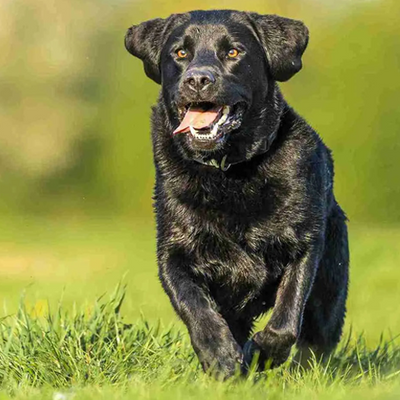
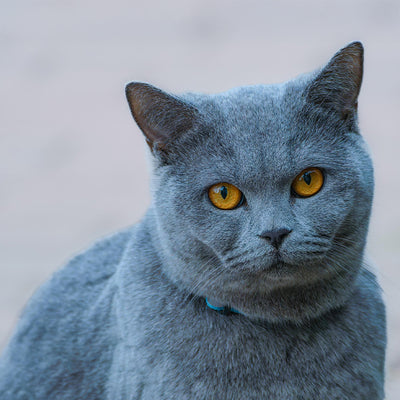

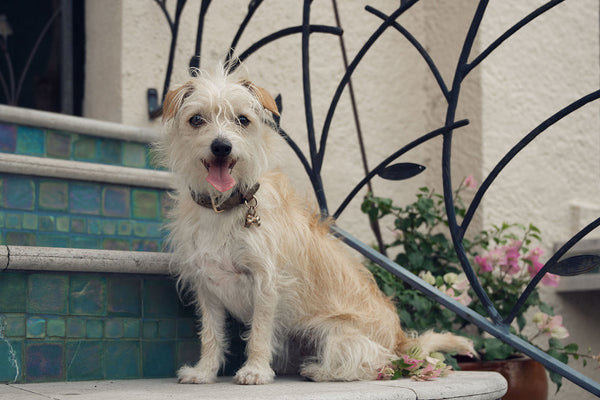
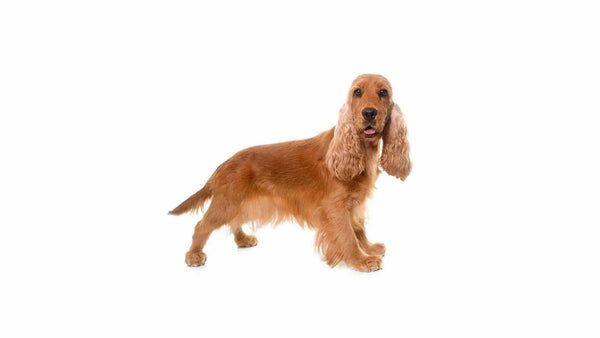
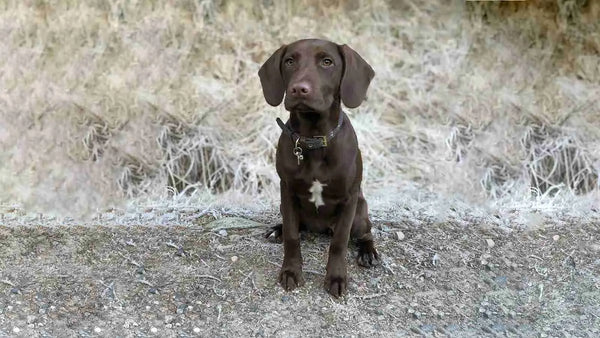
0 comments